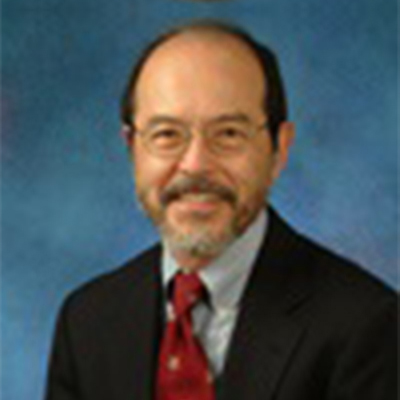Biography
Denson G. Fujikawa is a neurologist and neuroscientist who has been a member of the UCLA faculty since he joined the Department of Neurology in as a clinical instructor in 1981. Dr. Fujikawa is at the Sepulveda VA Ambulatory Care Center. He became an Adjunct Professor in 1996, and has been a Staff Neurologist at Sepulveda since 1983. Dr. Fujikawa earned his A.B. degree magna cum laude in psychology at Harvard University, and his M.D. degree at the University of Southern California School of Medicine. He did two years of general surgery residency at Columbia-Presbyterian Medical Center in New York, two years of of neurosurgery residency at UCLA Medical Center, then switched to neurology, completing his residency at Harbor-UCLA Medical Center in 1981. He then spent two years as a research fellow in Dr. Claude Wasterlain’s Epilepsy Research Laboratory at Sepulveda. He spends half his time in clinical neurology, training UCLA neurology residents, with a subspecialty interest in epilepsy, and half his time doing basic research on in vivo mechanisms of naturally occurring apoptotic and pathologically induced necrotic neuronal death.
Biography
Professor Harris directs NEIL lab with over 25 years of experience with rodent CNS injury models and in particular using MRI and PET to assess structure and function. He received his B.Sc. in Biology/Neuroscience from University of Portsmouth in 1988, and his Ph.D. in Physiology from King’s College London in 1991. Dr. Harris’s early focus of research addressed the question of optimal timing for intervention after the diagnosis of infantile hydrocephalus. Prior to joining University of California Los Angeles (UCLA), Dr. Harris received training in multimodality imaging techniques, including PET, structural MRI, fMRI, DTI, and Glucose/blood-flow autoradiography at Kings college University of London, University of Florida McKnight Brain Institute, the Royal College of Surgeons unit of Biophysics in the Institute of Child Health, and University of Cambridge Department of Neurosurgery. Subsequently, Dr. Harris conducted studies to address forebrain ischemic stroke looking at the potential use of non-invasive biomarkers to determine salvageable areas of brain. The studies were cited amongst primary reported findings on biophysical mechanism of the change in water diffusion after stroke. Dr. Harris currently resides as Professor in Residence of UCLA Department of Neurosurgery where he primarily conducts investigations on Traumatic Brain Injury and is the scientific director of UCLA 7T animal imaging core.





